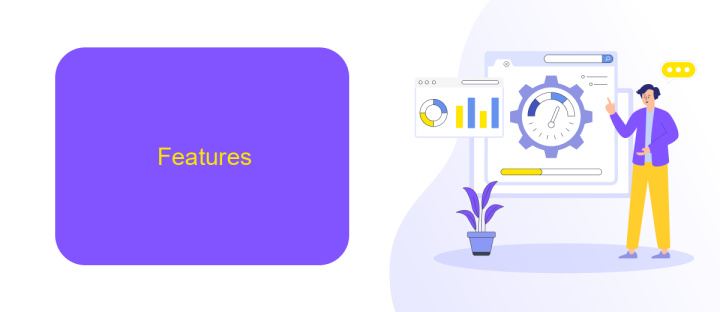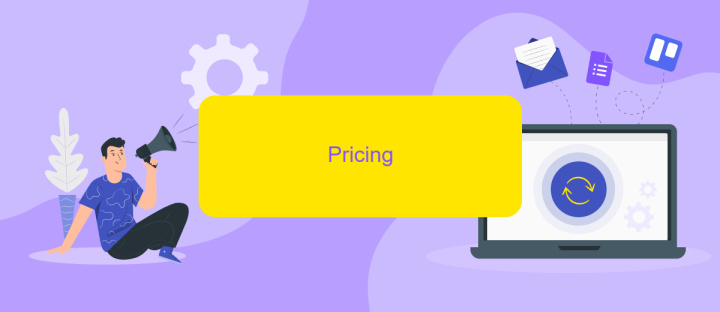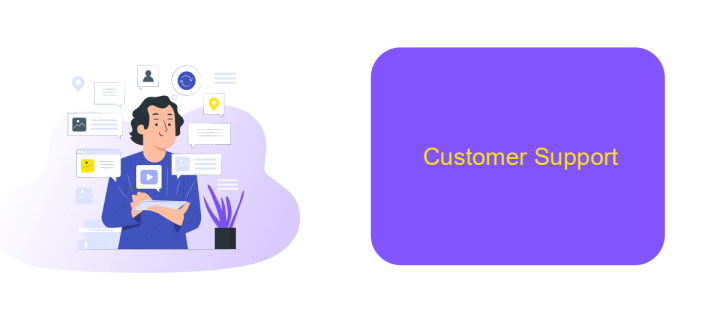IFTTT Vs Google
In the ever-evolving landscape of smart technology and automation, two prominent platforms stand out: IFTTT (If This Then That) and Google. Both offer unique solutions for enhancing productivity and streamlining daily tasks. This article delves into the features, advantages, and limitations of each, helping you decide which platform better suits your automation needs.
Overview
IFTTT and Google offer powerful tools for automating tasks and integrating various services. IFTTT, which stands for "If This Then That," allows users to create custom automations called "applets" that connect different apps and devices. Google, on the other hand, provides automation capabilities through Google Assistant and Google Home, enabling users to control smart devices and streamline daily tasks.
- IFTTT: Create custom automations with a wide range of apps and devices.
- Google: Use Google Assistant and Google Home for smart home automation.
- ApiX-Drive: Integrate and automate workflows between different services effortlessly.
Both IFTTT and Google have unique strengths, making them suitable for different needs. IFTTT excels in its broad compatibility and ease of use, while Google offers seamless integration within its ecosystem. Additionally, services like ApiX-Drive can enhance these platforms by providing advanced integration capabilities, making it easier to connect and automate workflows across various applications.
Features

IFTTT and Google offer a range of features that cater to different automation needs. IFTTT (If This Then That) allows users to create "applets" that connect various services and devices, enabling them to work together seamlessly. These applets can be customized to trigger specific actions based on certain conditions, making it easy for users to automate everyday tasks. Additionally, IFTTT supports a wide array of third-party services, including social media platforms, smart home devices, and productivity tools, providing users with extensive flexibility in their automation setups.
Google, on the other hand, leverages its ecosystem to offer integrated automation solutions through services like Google Assistant and Google Home. These tools allow users to control smart devices, manage schedules, and access information using voice commands. Google's automation capabilities are deeply integrated with its suite of applications, such as Google Calendar, Gmail, and Google Drive, ensuring a cohesive user experience. For those looking to enhance their automation capabilities further, services like ApiX-Drive can be utilized to set up more complex integrations and streamline workflows across different platforms.
Pricing

When comparing the pricing models of IFTTT and Google, it's essential to consider the value each platform provides. IFTTT offers a free tier that allows users to create up to three applets. For those requiring more functionality, IFTTT Pro is available at .99 per month, which includes unlimited applets, faster execution times, and advanced filtering options. Additionally, IFTTT Pro+ is priced at .99 per month, offering even more features and priority customer support.
- IFTTT Free: Up to 3 applets.
- IFTTT Pro: .99/month for unlimited applets and advanced features.
- IFTTT Pro+: .99/month for additional premium features and support.
Google's pricing for automation services is typically bundled within its broader suite of cloud services, which can be more complex to navigate. For businesses looking for a more straightforward solution, services like ApiX-Drive offer an excellent alternative. ApiX-Drive allows for seamless integration of various applications and services with transparent pricing, making it easier for users to manage their automation needs without hidden costs.
Customer Support

When it comes to customer support, both IFTTT and Google offer robust options, but there are some key differences. IFTTT provides a comprehensive help center with a variety of articles, FAQs, and community forums where users can find answers to common questions. Additionally, IFTTT offers email support for more complex issues, ensuring users can get personalized assistance when needed.
Google, on the other hand, leverages its extensive resources to offer a multi-faceted support system. Users can access detailed help articles, participate in community forums, and even get support through chat or phone for certain products. Google's support system is integrated across its various services, making it easier for users to find help for any Google-related issue.
- IFTTT: Help center, FAQs, community forums, email support
- Google: Help articles, community forums, chat support, phone support
For users seeking to streamline their integrations, services like ApiX-Drive can be invaluable. ApiX-Drive offers a user-friendly platform to connect various apps and automate workflows, reducing the need for extensive customer support by simplifying the integration process. Whether you choose IFTTT or Google, having a reliable integration service can significantly enhance your experience.
Use Cases
Both IFTTT and Google offer unique solutions for automating tasks and integrating services, but their use cases can differ significantly. IFTTT is ideal for individuals and small businesses looking to automate simple, repetitive tasks without needing extensive technical knowledge. For example, you can set up applets to automatically post your Instagram photos to Twitter or receive a notification when a specific stock price drops. These straightforward integrations make IFTTT a go-to for personal productivity and basic business automations.
On the other hand, Google's automation tools, such as Google Apps Script, are more suited for complex, enterprise-level tasks that require deeper customization and integration with Google's ecosystem. For instance, a company can use Google Apps Script to automate data collection and reporting across Google Sheets, Gmail, and Google Drive. Additionally, services like ApiX-Drive can bridge the gap between these two platforms, offering a more versatile solution for businesses that need to integrate multiple services and APIs seamlessly. By leveraging ApiX-Drive, users can create sophisticated workflows that combine the simplicity of IFTTT with the robust capabilities of Google's tools.
FAQ
What is the primary difference between IFTTT and Google automation tools?
Can I use IFTTT with Google services?
Are there any alternatives to IFTTT for more complex automation?
How secure are automation tools like IFTTT and Google automation?
Can I automate tasks between non-Google services using Google tools?
Time is the most valuable resource for business today. Almost half of it is wasted on routine tasks. Your employees are constantly forced to perform monotonous tasks that are difficult to classify as important and specialized. You can leave everything as it is by hiring additional employees, or you can automate most of the business processes using the ApiX-Drive online connector to get rid of unnecessary time and money expenses once and for all. The choice is yours!

